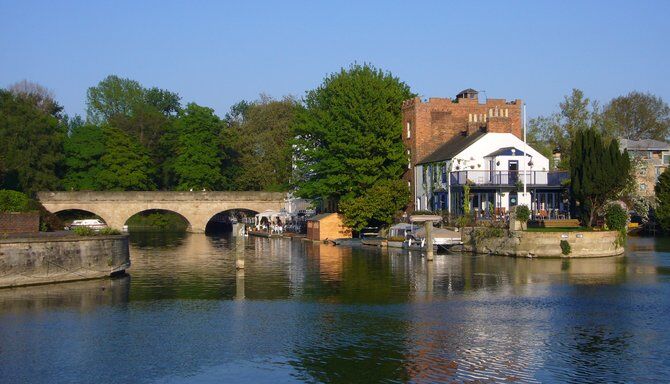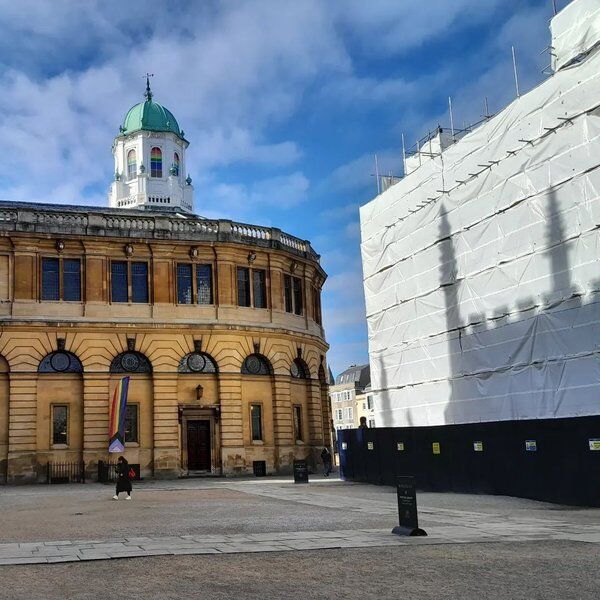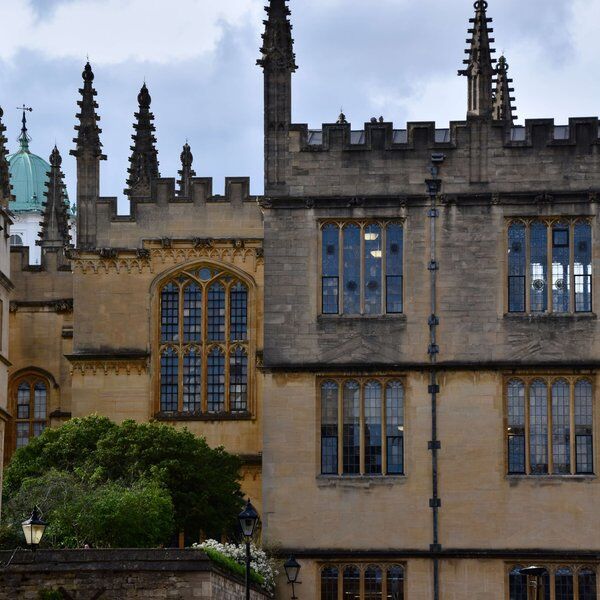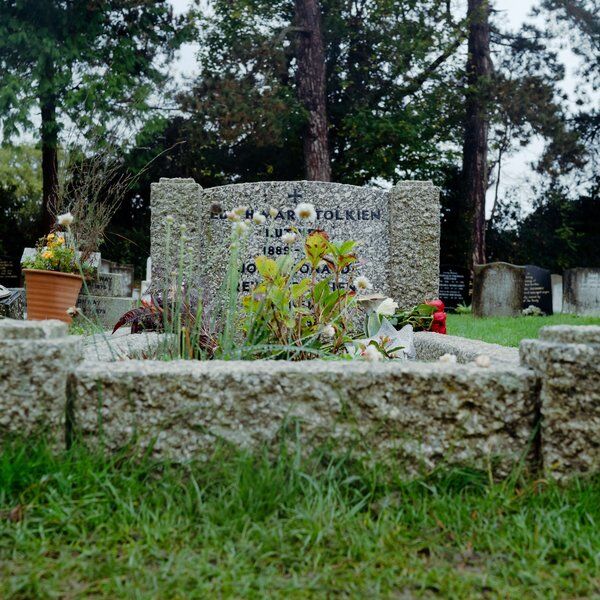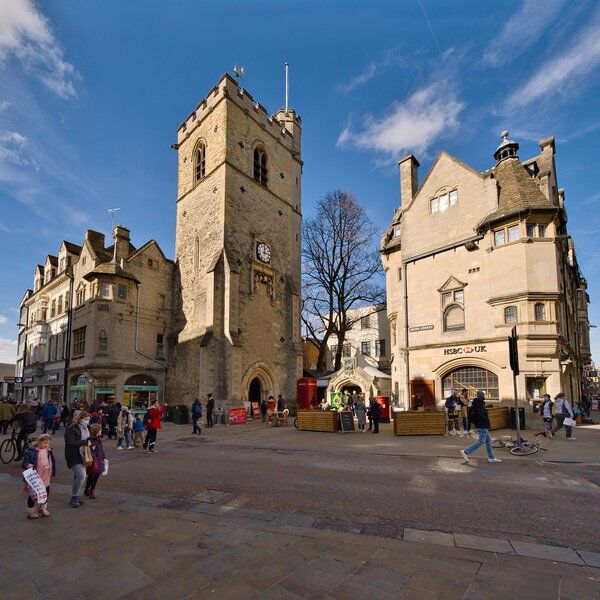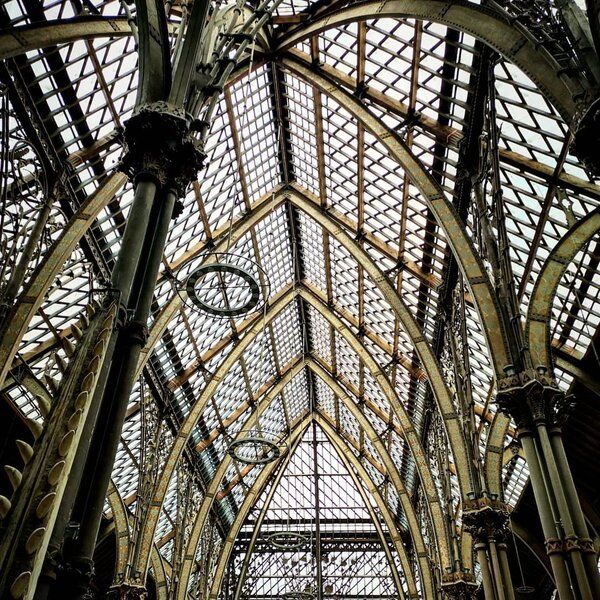
Folly Bridge and the Origins of ‘Oxford’
The name 'Oxford' originates from "oxen ford," a ford across the River Thames used by oxen, in the early 10th century. Known as South Bridge, until the late 17th century when it was renamed Folly Bridge, the first stone structure at this crossing was built by Robert d'Oilly, a French nobleman who arrived in England with William the Conqueror, in 1085. The modern Folly Bridge, built in the 1820s by architect Ebenezer Perry, replaced the former structure. Today the bridge is made up of two distinct sections separated by an island—Folly Bridge Island—and facilitates the flow of traffic along the Abingdon Road.
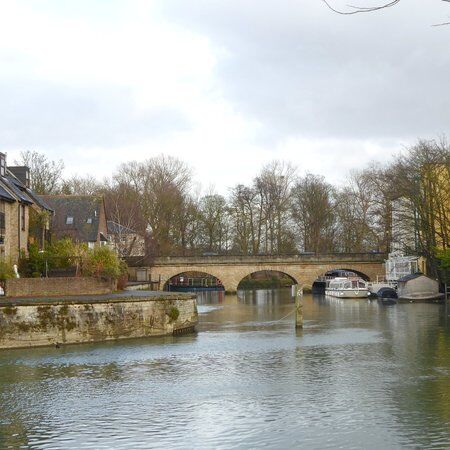
Folly Bridge and Grand Pont Causeway
Archaeological evidence suggests the presence of the "oxen ford" near present-day Grandpont, south of where Oxford later developed. In mediaeval times, the area south of what is now Folly Bridge consisted of marshy meadowland. This meant it was prone to flooding. As a result, in the mid-19th century, architect and civil engineer William Wilkinson constructed the north-south Grandpont causeway.
While Folly Bridge spans the River Thames and connects the city centre with the southern suburbs, the Grandpont Causeway provides an elevated roadway for vehicular traffic, running parallel to the bridge. Together, Folly Bridge and the Grandpont Causeway formed a union that continues to facilitate the flow of traffic along the Abingdon Road.
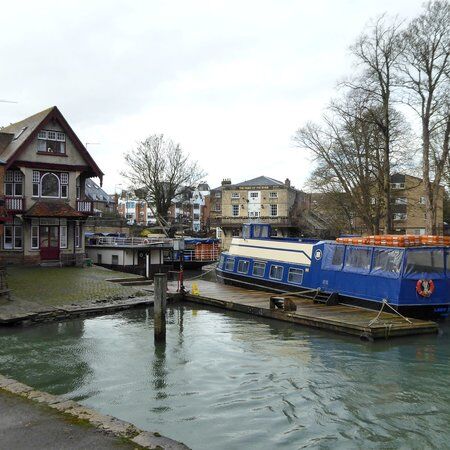
Folly Bridge Island
Today the Folly Bridge, with its stone arches, has a distinctive design. It is separated partway by a somewhat tear-drop shaped piece of land known as Folly Bridge Island. This small islet, beneath the arches of Folly Bridge, creates a divide between the two structures. While the island itself is not publicly accessible it is definitely pretty to look at, especially in Autumn with the changing colours of the trees nestled around the distinctive Caudwell's Castle.
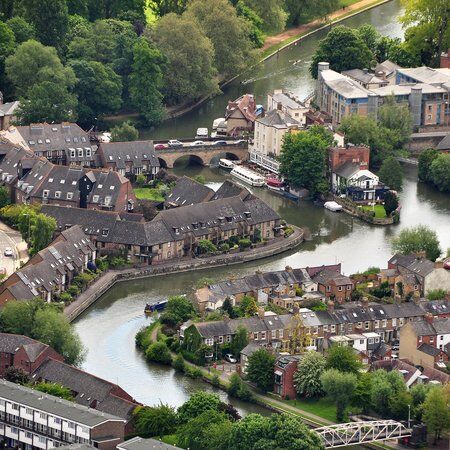
Joseph Caudwell's Castle on Folly Island
In 1849, the eccentric artist and boatbuilder Joseph Caudwell constructed Caudwell's Castle on Folly Bridge Island. Following an eccentric, fairytale-like theme the castle has turrets, battlements, winding staircases, and sculptures, including a statue of Atlas. Despite its small stature, Caudwell's Castle on Folly Island draws visitors from far and wide and continues to exist today as an enchanting landmark in Oxford.
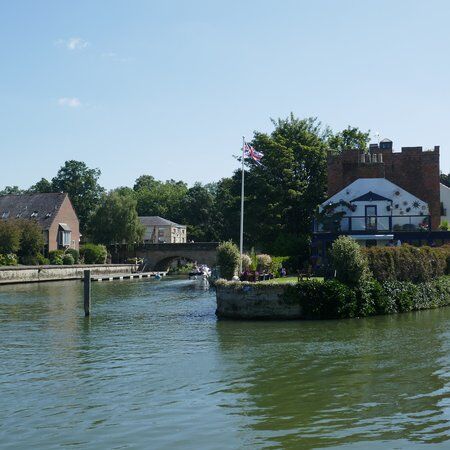
Folly Bridge and Friar Bacon's Study
One of the bridge's key landmarks was Friar Bacon's Study, a hexagonal defensive tower where the Franciscan philosopher Roger Bacon lived, until the 18th century. It is said that Friar Bacon conducted his groundbreaking experiments within the walls of this famed study. However, unfortunately the tower no longer stands.

Literary Connections to Folly Bridge
Since its creation, Folly Bridge has inspired writers and poets. But its true literary fame was gained on July 4, 1862, when Charles Lutwidge Dodgson (Lewis Carroll) embarked on a boat trip from there with the Liddell sisters. Carroll then immortalised the bridge with its mention in "Alice's Adventures in Wonderland". Additionally, it was also idolised by Gerard Manley Hopkins, who wrote verses about its beauty and the flow of the river beneath.

The Toll Booth on Folly Bridge
On November 11, 1843, the Trustees of Folly Bridge issued a notice in Jackson's Oxford Journal, inviting tenders for the construction of a new toll house and gate at the north end of the bridge. Designed and built by James Gardiner, a toll-gate, with a toll house adjacent to it, was erected at a cost of £320. Both the bridge and the toll house hold a joint Grade II listing.
Originally, the toll gate was positioned further south on the Abingdon Road as part of the Abingdon to Banbury turnpike. This strategic relocation aimed to intercept travellers commuting to and from the new Great Western Railway Station at Grandpont. The toll revenues served to offset the substantial rebuilding costs of the Folly Bridge, which amounted to over £19,000 at the time, equivalent to approximately £2.5 million today.

Paper Boat Café at Folly Bridge
The toll gate ceased operation in 1850, marking the end of an era in toll collection at Folly Bridge. Subsequently, the toll house underwent various transformations, serving as a boat hire service and later as Nelson's Stores.
In 2018, a planning application to convert the toll house into a café was initially rejected but later approved in 2019. Today, the toll house is home to the Paper Boat Café. Guests can get their daily caffeine fix from the café’s freshly brewed coffees and artisanal teas—pairing that with a cheeky pastry of course—while taking in the views of Folly Bridge. The café's diverse menu makes it the perfect spot for breakfast, lunch, or a late afternoon treat.
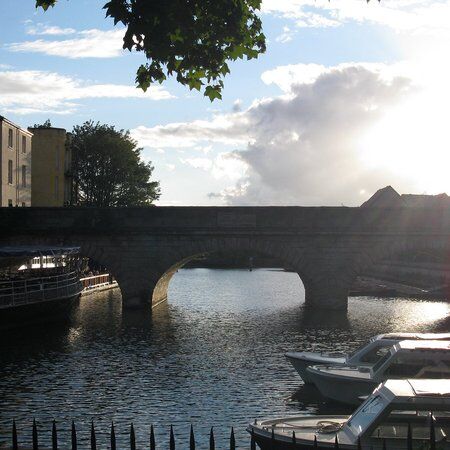
Discover More of Oxford with CityDays
To unearth more secrets about Oxford University's other notable buildings, including The Sheldonian Theatre, why not check out our blog!
Or, if you're interested in visiting the Sheldonian and other hidden gems in Oxford yourself, why not check out our outdoor treasure hunts in the area? There are two hunts to choose from: Scholars and Spires and Ancient Echoes each promising all the fun of an escape room with the historic facts and whimsical trivia of a walking tour.
Both routes take you around Oxford on a curious journey that will take you into the city’s fascinating alleyways while learning more about Oxford’s turbulent history in a new and interactive way.
Take the stress out of planning your visit to Oxford and book your adventure today!
Not visiting Oxford this time? Don’t worry, you’ll find us all over the world.
